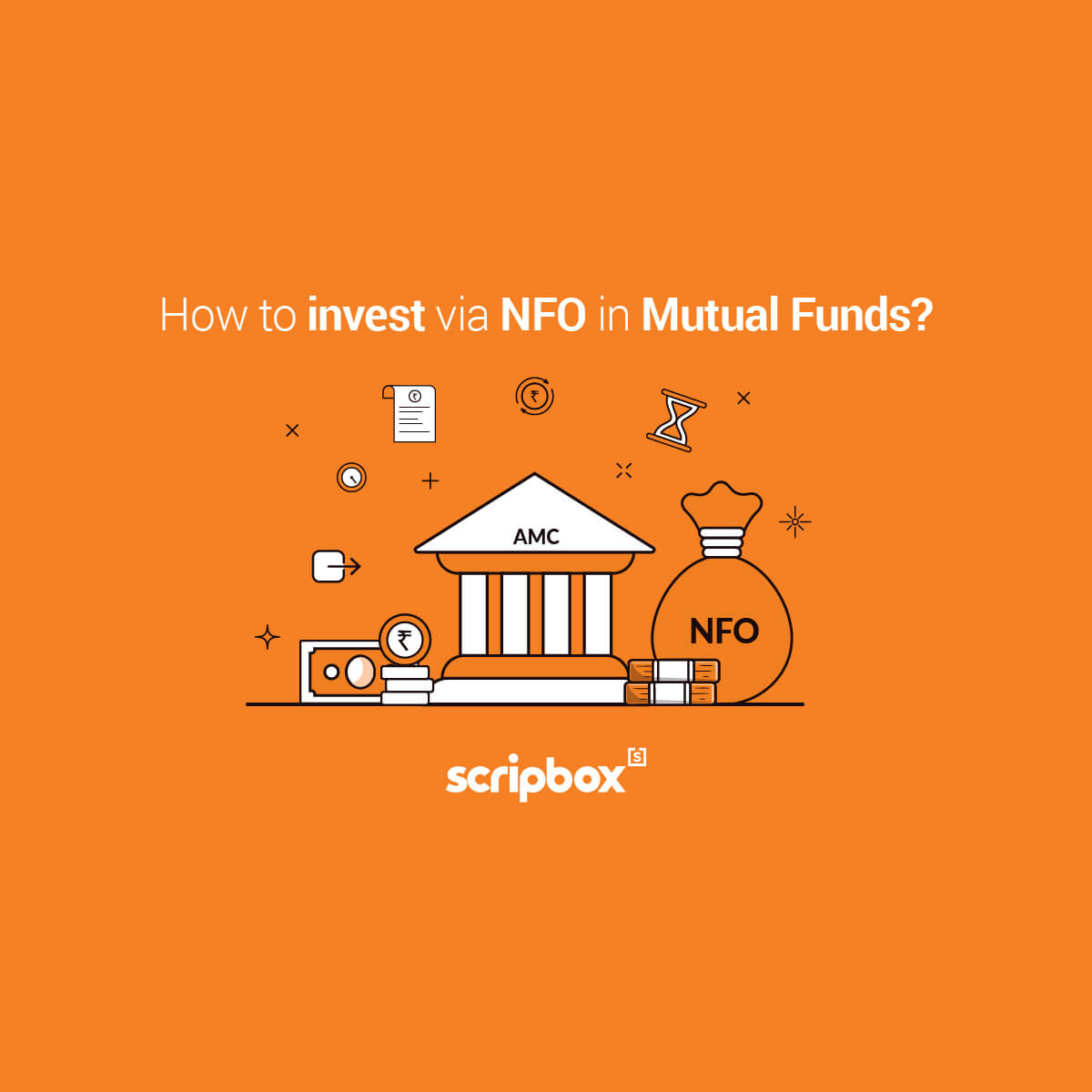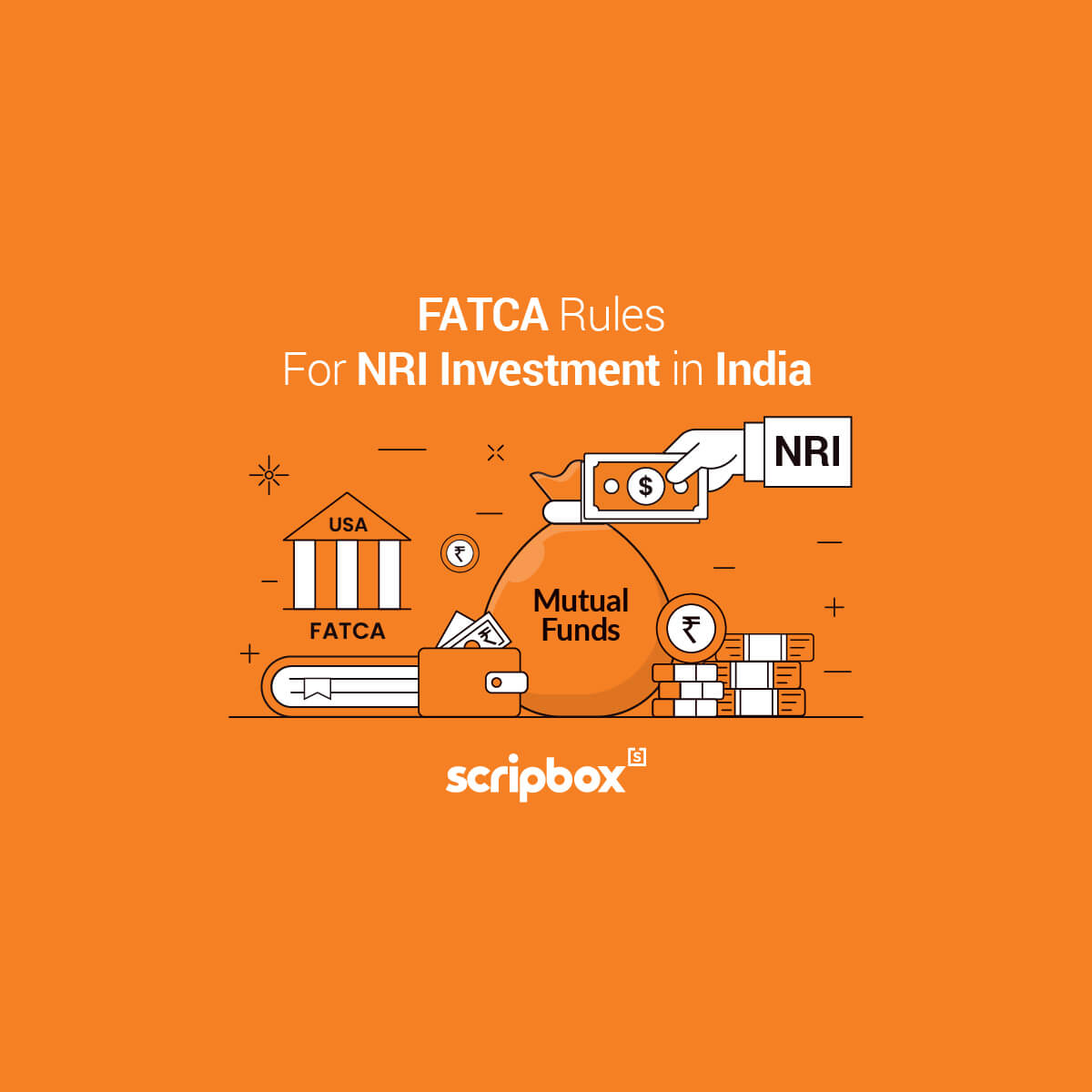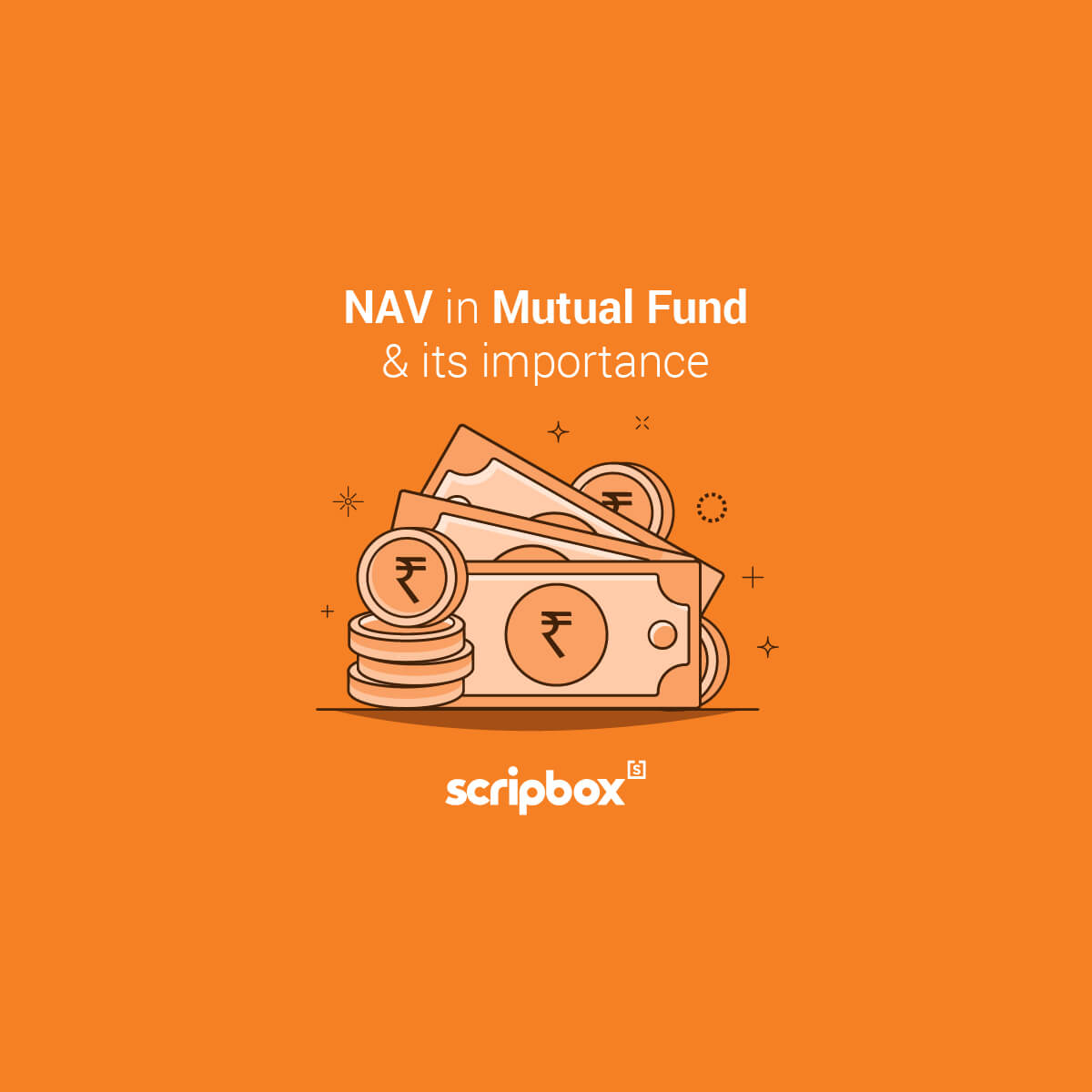What is the Structure of Mutual Funds?
The structure of mutual funds in India is a three-tier one with few other significant components. The three-tier structure comprises the fund sponsor, trustees and the asset management company.
Not only different banks or AMCs create or float mutual fund schemes. There are other entities involved that play a significant role in the structure of mutual funds. Moreover, the structure of mutual funds came into existence under SEBI Mutual Fund Regulations,1996. It plays the role of primary watchdog for all transactions. Thus, the inception of these regulations has revolutionised the structure of mutual funds, and all entities are regulated under it.
Structure of Mutual Funds
The following is the structure of mutual funds in detail –
Tier-1: Fund Sponsor
The fund sponsor is the first layer of the three-tier structure of mutual funds in India. A sponsor is any person or entity that can set up a mutual fund to earn money through fund management. Fund management can be done through an associate company that manages the fund investment. Also, the sponsor can be a promoter for the associate company.
The sponsor must approach SEBI for permission to set up a mutual fund. However, a sponsor cannot work alone. It must create a Public Trust under the Indian Trust Act, 1882 and register it with SEBI. After creating the Trust, trustees are registered with SEBI. The trustees are appointed to manage the Trust, protect the unit holder’s interest and adhere to SEBI Mutual Fund Regulations. Subsequently, the sponsor creates the asset management company under the Company Act, 1956, to regulate fund management.
The sponsor is the primary entity that promotes the mutual fund company and regulates the public money. There are specific eligibility criteria to become a sponsor as mentioned below –
- The sponsor must show profits in at least three out of five years, including the immediately preceding year.
- They must have a minimum of five years of experience in financial services.
- The net worth of the sponsor must be positive for all previous five years.
- Out of the total net worth of the AMC, the sponsor must have at least a 40% share.
Therefore, the role of the sponsor is vital, and they carry the highest credibility. The strict norms define that the sponsor must have adequate liquidity and fidelity to return the investors money in case of financial crisis or meltdown.
Tier-2: Trust and Trustees
Trust and trustees, also known as protectors of the fund, form the second tier of the mutual fund structure. The fund sponsor employs them. Also, they play an essential role in maintaining the investor’s trust and tracking the fund’s growth.
The fund sponsor creates a trust in favour of trustees through an agreement called the trust deed. Trustees manage the Trust. Also, they are primary guardians of funds and assets. The trustees can be formed through a Trustee Company or Board of Trustees. Furthermore, the trustees supervise the functioning of the AMC and check its compliance with SEBI (Mutual Fund) Regulations. In other words, they monitor the AMC’s systems, procedures and overall work.
SEBI mandates the trustees to provide the fund report and functioning of the AMC on a half-yearly basis. Also, SEBI has tightened the transparency of rules to avoid conflict of interest between the Sponsor and AMC. Furthermore, the AMC cannot float a new fund in the market without the approval of the Trust. Therefore, Trustees must act independently and take appropriate measures to safeguard investors’ money. Trustees also have to be registered under SEBI, and SEBI regulates their registration by revoking or suspending the registry if any condition is found breached.
Tier-3: Asset Management Companies
Asset Management Companies (AMCs) are the third tier in the mutual fund structure. It is registered under SEBI and created as a company under the Companies Act. The AMC floats various mutual fund schemes depending on the investor’s needs and the nature of the market. Also, it acts as a fund manager or investment manager for the Trust. Furthermore, the AMC is responsible for all fund-related activities, from launching the scheme and managing it. Thus, an AMC needs to manage funds and provide services to its investors.
The AMC creates mutual funds with trustees and sponsors and oversees its development. While creating the scheme, they take help from bankers, brokers, RTAs, transfer agents, etc. and enter into an agreement with them. Like the trustees, AMC also needs to ensure that there is no conflict of interest and that certain restrictions are imposed on the business activities.
Example of a Fund House Structure
| Tier | Type | Company (Example) |
| Tier I | Fund Sponsor | A joint venture between Sun Life (India) AMC Investment Inc. and Aditya Birla Capital Limited that is based in Canada. |
| Tier II | Trust and Trustees | Aditya Birla Sun Life Trustee Pvt. Ltd. |
| Tier III | AMC | Aditya Birla Sun Life AMC Limited. |
Other Participants in the Structure of Mutual Funds
Custodian
A custodian is an entity that is responsible for the safekeeping of securities. They are registered with SEBI and manage the investment account of mutual funds, ensuring delivery and transfer of securities. Also, custodians help investors update their holdings anytime and help them keep track of their investments. Furthermore, they collect and track the bonus issue, dividends, and interest received on mutual funds investments.
Registrar and Transfer Agent (RTA)
Registrar and Transfer Agents(RTAs) are an important link between investors and fund managers. To fund managers, they keep them updated about investors’ details. To investors, they serve by delivering the benefits of the fund.
RTAs are entities registered with SEBI that execute various tasks and responsibilities. Therefore, RTAs are the operational arm of mutual funds. CAMS, Karvy, etc., are the most common RTAs in India. Their services include –
- Processing mutual fund applications
- Keeping a record of investor details
- Helping investors with KYC
- Delivering periodic statements to investors
- Processing the dividend payouts
- Updating investor details
Auditor
The auditor is responsible for scrutinising and auditing the books of accounts and annual reports of various schemes. They are the independent watchdogs that audit the financials of sponsors, trustees and AMC. Also, they ensure that the funds are being used for the reasons they have been collected. Auditors certify that there is no evidence of fraud in any books. Therefore, auditors help keep the entities’ transparency and integrity intact. Moreover, AMCs can independently appoint an auditor keeping the rules in mind.
Broker
Brokers are institutions or individuals authorised by SEBI. They hold a licence to operate trading accounts. Also, they are a link between the investors and the stock market. Therefore, AMC has to use the services of brokers to trade securities on the stock market. There are many brokers that issue research reports that AMCs use as a part of their due diligence to plan market moves.
Intermediaries
Investors can buy and sell mutual funds through different types of intermediaries. Intermediaries can be individual agents, distributor companies, national/regional brokers, banks, post offices, etc. They are an important link between the investor and mutual fund house. Intermediaries recommend mutual funds to their investors and ensure the purchase transactions go through them. In return, the mutual fund house pays a commission to them.
To sum up, these participants play an essential role in mutual fund management. Each participant has an independent role and responsibility. Also, their functionality is interlinked with each other. Mutual fund regulations bid all the participants together to perform their functions diligently and without prejudice to the interest of investors.
Discover More
- What is the Structure of Mutual Funds?
- Confused if your portfolio is performing right enough to meet your goals?
- How long have you been investing in mutual funds?
- What is your current portfolio size?
- What is your approximate annual household income?
- Your profile does not qualify for a call with a Financial Expert.
- Structure of Mutual Funds
- Example of a Fund House Structure
- Other Participants in the Structure of Mutual Funds























Show comments